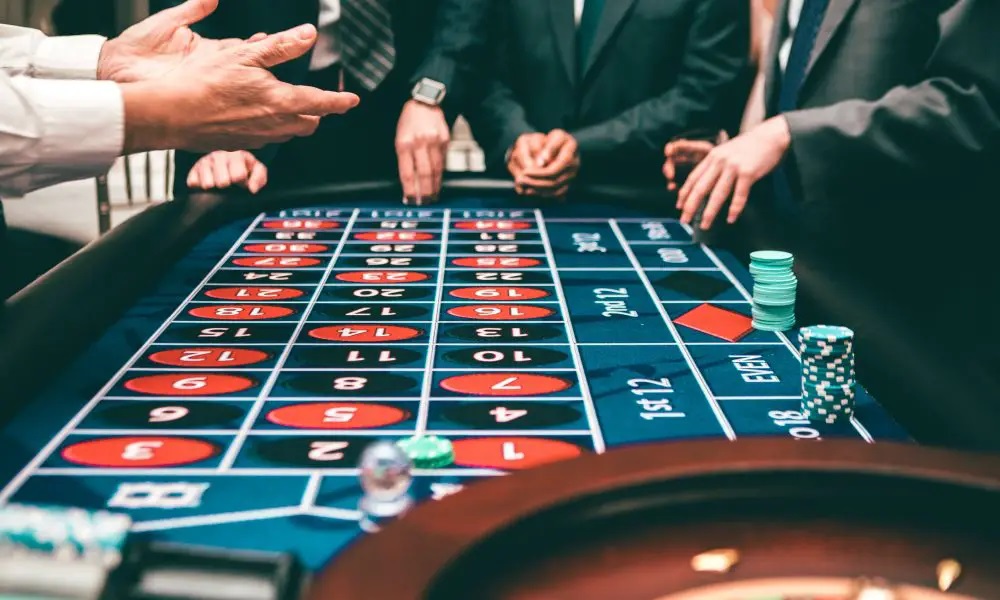High card
A high card hand is a hand that contains no pairs, no straights, and no flushes. The highest card in the hand is the “high card”. For example, if you have a hand with an Ace, a King, a Queen, a Jack, and a 10, then your high card is an Ace.
One pair
One pair is a hand that contains two cards of the same rank, plus three other unrelated cards. For example, if you have a hand with two Aces and three random other cards (like a 2, 5, and 7), then you have one pair. The rank of the pair is what matters (in this case, Aces), not the rank of the other Texas Holdem poker cards.
Two pair
Two pair is a hand that contains two different pairs of cards, plus one other unrelated card. For example, if you have a hand with two Aces and two Kings (and maybe an unrelated 3), then you have two pairs. As with one pair of hands, it’s the rank of the pairs that matters (in this case Aces and Kings), not the rank of the other card.
Three of a kind
Three of a kind is when you hold three cards of matching rank along with two more unmatched cards- sometimes also called trips or sets. For example,if you are holding three Jacks and two random other cards like an Ace and seven, you would have three of a kind. It does not matter what the higher or lower ranking unmatched cards are in How to play poker. All that matters is that you hold three identical ranks among your five total cards.
Straight
A straight occurs when all five of your poker chips are sequential in ranking order. They do not need to be suited but they must follow each other numerically. An Ace can either count as high or low for this purpose so it can be used at either end to complete what would otherwise be an unsuited sequence like Q-K-A-2-3 or 5-4-3 -2 -A. If two players both make straights,the player whose highest ranking card (“broadway”)is higher wins
For example, if you have a hand with cards J- 10 – 9 -8 -7 and your opponent has a hand 5-4- 3 -2- A , you would win since your Jack “broadway” card is higher in rank than their five.



